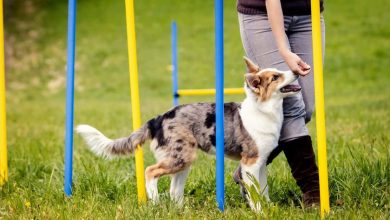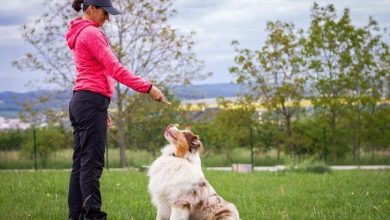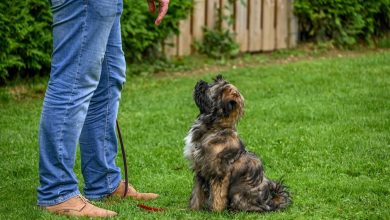Teaching Your Pet to Wait Patiently for Food

Teaching your pet to wait patiently for their food is not just a handy trick—it’s an essential part of fostering good behavior and enhancing your pet’s self-control. Whether you’re a new pet parent or have been sharing your home with furry companions for years, instilling patience during meal times can greatly improve the bond between you and your pet. In this guide, we’ll explore simple, effective techniques to help your pet master the art of waiting calmly for their meals, making feeding time a more pleasant and rewarding experience for both of you. So, grab some treats, a little patience, and let’s embark on this training journey together!
Understanding Your Pets Natural Instincts
Recognizing the natural instincts of your pet is crucial in shaping their behavior, especially when it comes to mealtime. Animals in the wild rely on their instincts for survival, and this often translates to excitement or impatience when food is involved. Understanding these instincts can help you teach your pet to wait patiently. Start by observing their behavior: do they jump, bark, or become overly eager when it’s time to eat? These actions are deeply rooted in their instinctual drive to secure resources.
To harness these instincts positively, consider incorporating these strategies into your routine:
- Consistency: Feed your pet at the same times each day to establish a routine.
- Command Training: Use commands like “sit” or “stay” to encourage patience before placing the food down.
- Positive Reinforcement: Reward calm behavior with treats or affection, reinforcing the idea that patience leads to rewards.
By aligning training with your pet’s natural instincts, you not only foster better behavior but also strengthen your bond, ensuring a harmonious mealtime experience.
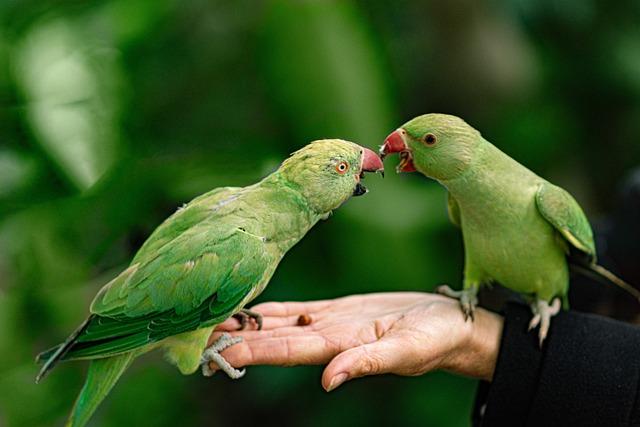
Creating a Consistent Feeding Routine
Establishing a consistent feeding routine is crucial for teaching your pet to wait patiently for food. Pets thrive on predictability, and having set mealtimes helps them understand when to expect their next meal, reducing anxiety and impatience. Begin by choosing specific times each day to feed your pet, and stick to this schedule as closely as possible. Consistency is key, so even on weekends or holidays, try to maintain the same routine. Your pet will soon associate these times with food, making them less likely to beg or become restless.
To reinforce patience, incorporate a few training techniques during mealtime. Here are some tips to get you started:
- Teach the “Wait” Command: Before placing the food bowl down, ask your pet to “wait.” Gradually increase the duration they must wait before being allowed to eat.
- Use a Feeding Mat: Designate a specific area for feeding, such as a mat, to create a clear boundary where your pet should stay until given permission to eat.
- Introduce a Feeding Ritual: Develop a short routine, such as asking your pet to sit or perform a trick before meals, to focus their energy and attention.
By consistently applying these techniques, your pet will learn to anticipate their meals calmly and patiently, creating a more peaceful feeding environment for both of you.
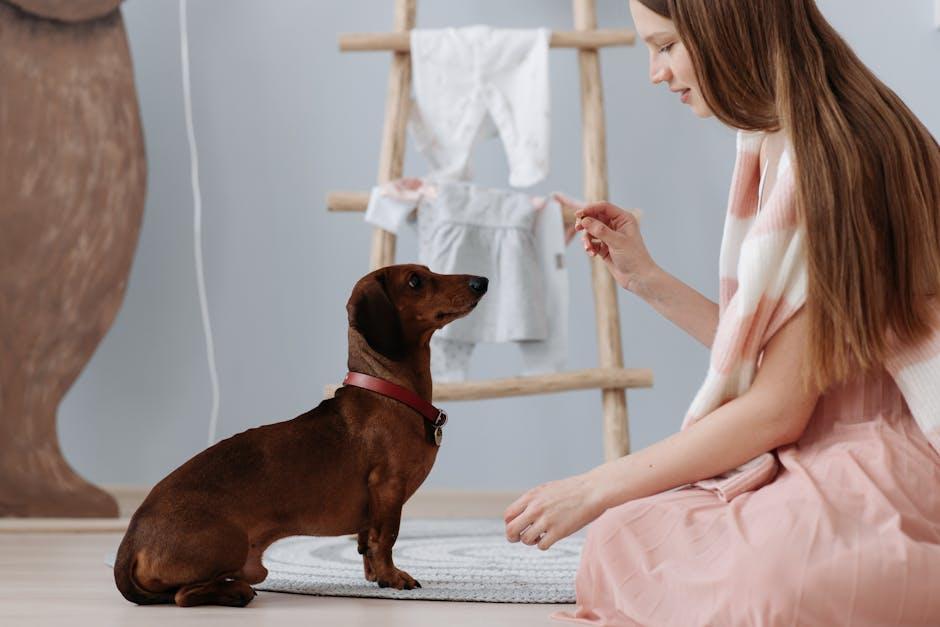
Positive Reinforcement Techniques for Patience
When it comes to helping your furry friend master the art of patience, positive reinforcement is your best ally. This approach not only encourages good behavior but also strengthens the bond between you and your pet. Start by associating the act of waiting with positive experiences. For instance, when your pet sits calmly before mealtime, offer a small treat as a reward. This reinforces the idea that patience leads to something good. Consistency is key, so be sure to reward this behavior every time it occurs, gradually increasing the waiting period as your pet becomes more accustomed to the routine.
Incorporate engaging activities that make waiting a fun challenge rather than a chore. Consider the following techniques to enrich your pet’s experience:
- Interactive Toys: Use puzzle feeders or treat-dispensing toys to keep your pet occupied while they wait.
- Clicker Training: Introduce a clicker to mark the exact moment your pet exhibits patience, followed by a treat.
- Verbal Cues: Employ consistent verbal cues like “wait” or “stay,” rewarding compliance with a treat or affectionate praise.
Remember, patience is a skill that takes time to develop, so practice these techniques regularly. Over time, your pet will learn that waiting patiently is a rewarding experience, making mealtime a calm and enjoyable occasion for both of you.
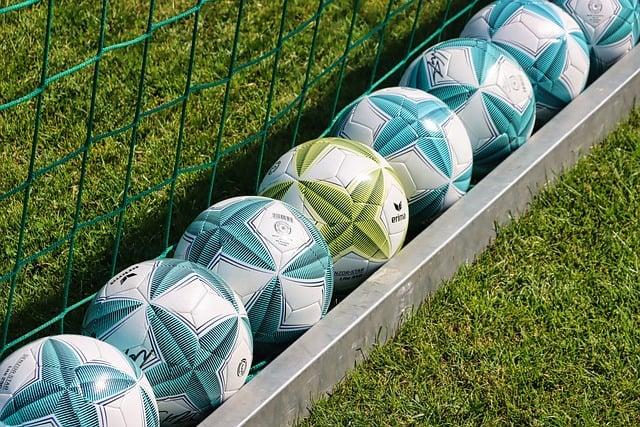
Troubleshooting Common Training Challenges
Training your pet to wait patiently for food can sometimes present unexpected challenges. One common issue is impatience, where your pet may become overly excited or restless during mealtime. To address this, try implementing consistent training sessions and use positive reinforcement. Reward your pet with treats or affection when they exhibit the desired behavior of waiting calmly.
- Distractions: Pets can easily get distracted by surrounding noises or movements. To counter this, start training in a quiet environment and gradually introduce distractions as your pet becomes more adept at waiting.
- Inconsistent Cues: Ensure that all family members use the same verbal and hand signals to prevent confusion. Consistency is key to helping your pet understand what is expected of them.
- Overexcitement: If your pet gets overly excited at the sight of food, try holding the food bowl until they calm down. Only lower it when they are sitting patiently, reinforcing the behavior you want to see.
Remember, patience is essential on both ends. Training should be a positive experience for you and your pet, fostering trust and understanding. Keep sessions short and fun, and celebrate small victories along the way!

